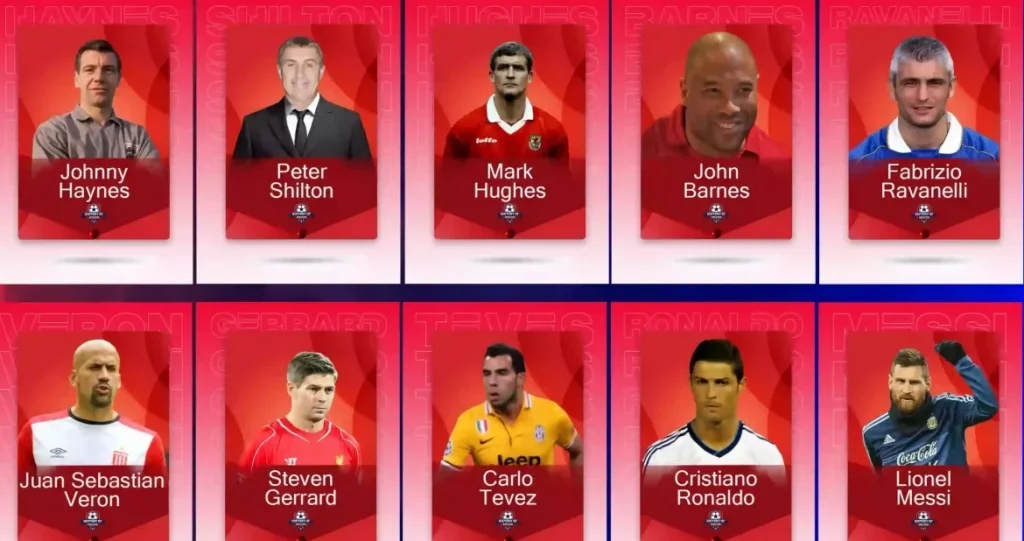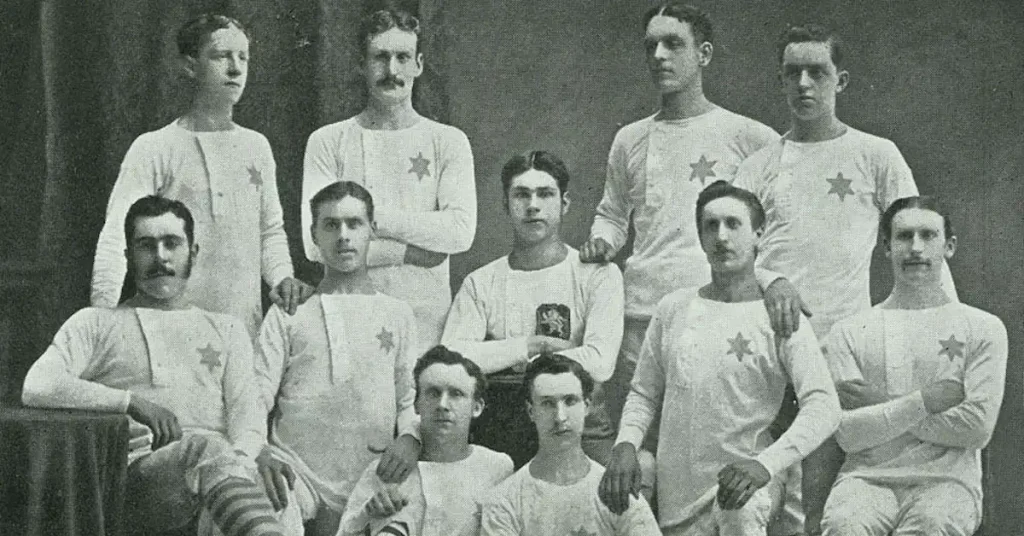In a sport where late challenges and most physical contact are penalised, it’s hard to tell whether soccer is a true contact sport or not.
“It’s a contact sport ref!”
Whether you play at an amateur or professional level, you’ll have heard the above exclamation levied at referees after being penalised for a foul.
While most of the time the claimant is protesting a pretty poor challenge/ clear foul, it does raise an oft-overlooked discussion.
Is Soccer A Contact Sport?

Soccer is a contact sport. Contact is unavoidable, with legal slide tackles usually sending players to the floor in the follow through.
Tackles however are not responsible for making the sport a contact one, but rather the encouraged physical aspects that don’t involve getting the ball first, such as shoulder barges and shielding.
When you look at other contact sports, aggressive physicality is encouraged, while Soccer routinely impedes these actions. Most forms of contact in Soccer are considered fouls, but there is of course plenty of physicality in the game.
It is in every essence a contact sport, but, as much as it may seem obvious, things are a lot more nuanced than it might seem.
So while it seems nailed on conclusion, there’s plenty to discuss before we can definitively say whether Soccer is categorically a contact sport, in the same sense as American Football or Hockey.
What Is A Contact Sport?
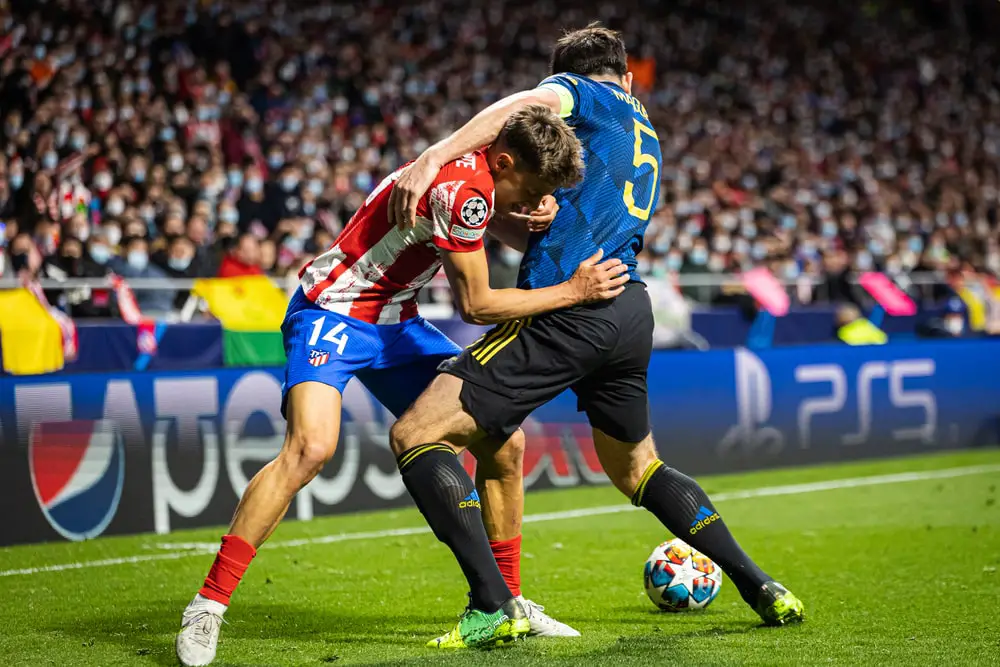
A contact sport is a sport in which physical contact between players is part of the game, and sometimes integral to the competition of the sport. In general, they have a much higher risk of injury than other sports.
For example, in American Football it is absolutely necessary to tackle opponents. It’d be a dull spectacle if either side took turns running the ball down the other end for a touchdown as fast as they could.
But, there are varying degrees of contact sports. American Football is a ‘full contact sport’, where the sport is built entirely around direct contact between players.
But then, a sport like Ice Hockey could in theory be played without any contact for the most part, yet to call Hockey anything other than a contact sport would leave you hounded by the masses and lauded as insane.
Yet, field hockey is a non-contact sport. Of course, it occurs in the game, but it’s not part of it, and any physical contact that in any way impedes a player results in immediate calls for fouls.
Something like ice hockey would be considered a full contact sport, however, with bodychecking, stick-checking and shoulder barges tacitly encouraged within the game.
But when it comes to Soccer, things fall into a grey area.
Why Soccer Isn’t A Full Contact Sport
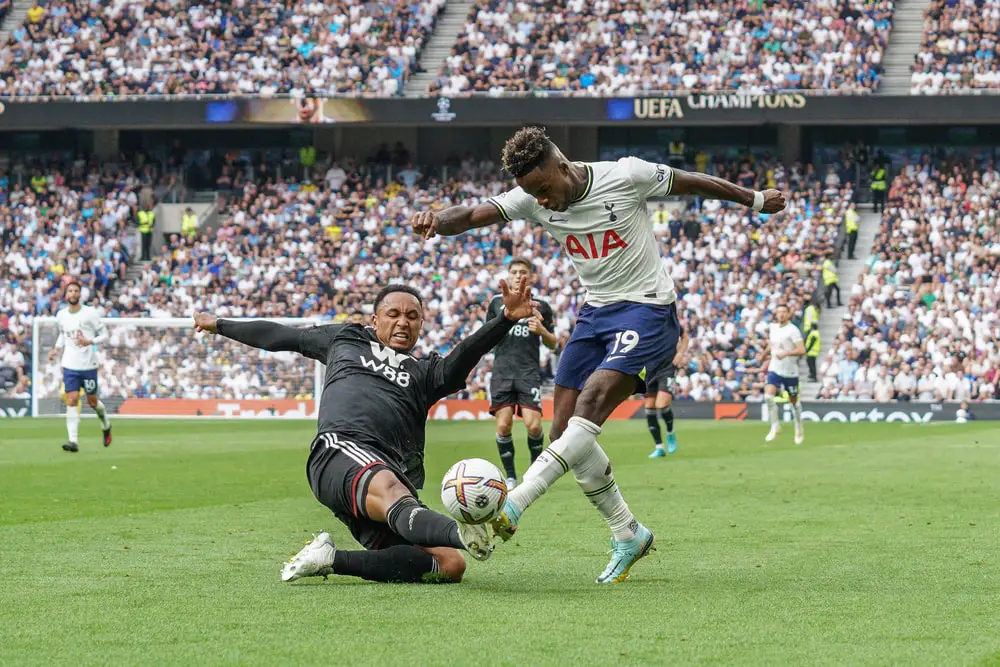
Let’s start with the facts.
In soccer, just like American football, tackling is required to play the game. If the only way to win back the ball was through interceptions, players just wouldn’t pass and the only feasible to regain possession would be to wait for a really heavy touch or hope they don’t score.
It would make for a terrible sport, and the existence of tackling all but confirms Soccer’s status as a contact sport. Right?
Well, yes and know if anything the laws of the game refute this, you have to win the ball ‘cleanly’ for it to be fair. Yes, you can make some contact with a player if you win the ball fairly, but this doesn’t make the sport immediately a contact one.
I previously mentioned Field Hockey being a non-contact sport, but collateral contact if the ball is won fairly is allowed, in Field Hockey the contact rule is defined as deliberate contact as being illegal.
So, this throws a bit of a spanner in the works regarding Soccer’s status. It is universally considered a contact sport, but if we take the Hockey example, tackling in Soccer is very similar.
Some contact is allowed as long as the player makes clear contact with the ball first, hasn’t deliberately made contact with the player in the tackle, and hasn’t made an overly aggressive challenge.
So tackling in Soccer does not inherently make the sport a contact one.
The abundance of tackles in Soccer is usually the go-to feature that people think of when they think about contact in Soccer, but it’s some of the more nuanced aspects that make the sport a contact one.
How Is Soccer A Contact Sport?
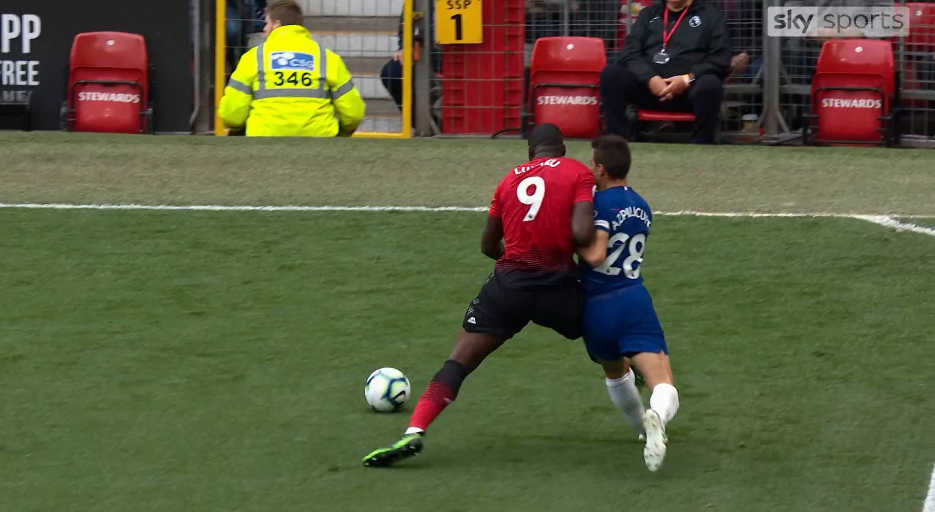
Shoulder barges or shoulder-to-shoulder contact are seen 10s of times every game and are completely legal.
You don’t need to touch the ball, it’s considered fair in that it is not dangerous (unless performed in an overly aggressive way, with intent to harm) and is fair in that it simply utilises another player’s strength.
The players coming together are in a fair scenario, much like a 50/50 challenge, with either player capable of coming out on top.
But, this ruling is nothing like a shoulder check, or charge in Ice Hockey. The expectation is that during contact the incoming player will have at least one foot on the ground and refrain from using that excessive force.
Exactly what constitutes as excessive is up to the referee’s interpretation. However, it is universally agreed that the player making the challenge cannot slam into an opponent who is in the air. Nor can you thump into them at top speed, even if the challenge is shoulder-to-shoulder.
At the same time, however, if a shoulder barge sends another player sprawling to the floor, it doesn’t mean the player was fouled. As long as the contact was within the shoulder-to-shoulder rules, and the challenge was not overly aggressive, it’s completely fair.
This is why even small, quick players do so much strength training in modern Soccer.
In addition to shoulder-to-shoulder contact, using your body to shield the ball from a defender and using your physicality and body position to keep hold of the ball, is within the laws of the game
So, Soccer has a degree of permitted contact, so there’s no case for the sport being non-contact, but there’s also no case for Soccer being a full-contact sport.
The Verdict
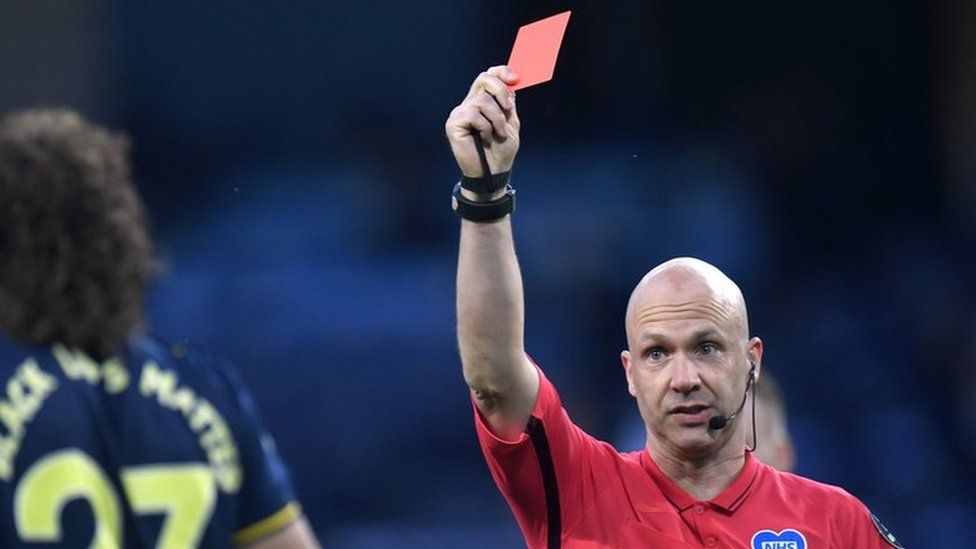
Without this, there would be no reason for players to need strength, which in today’s game is vital. Today, even small, diminutive wingers spend hours at the gym, ensuring they aren’t brushed off the ball by defenders.
Even as recently as a decade or two ago, you would see far more small, weaker attackers playing in top-flight Soccer.
While the game was more aggressive, it wasn’t necessarily the result of players being stronger. It was more that reckless and aggressive challenges weren’t punished as much with tackles that would be a stonewall red card today often going unpunished.
You can be the strongest player alive, but a two-footed lunge aimed at your knees is still gonna bring you down.
It’s this effort to remove serious foul play and dangerous tackles from the game, that has led to such importance being placed on strength.

